Table of Contents
- Home
- »
- Content Marketing
- »
- What is a content brief and how do you make one?
-
Muhammad Umer
- 14 minutes read time
What is a content brief and how do you make one?
- Home
- »
- Content Marketing
- »
- What is a content brief and how do you make one?
What is a content brief and how do you make one?
Table of Contents
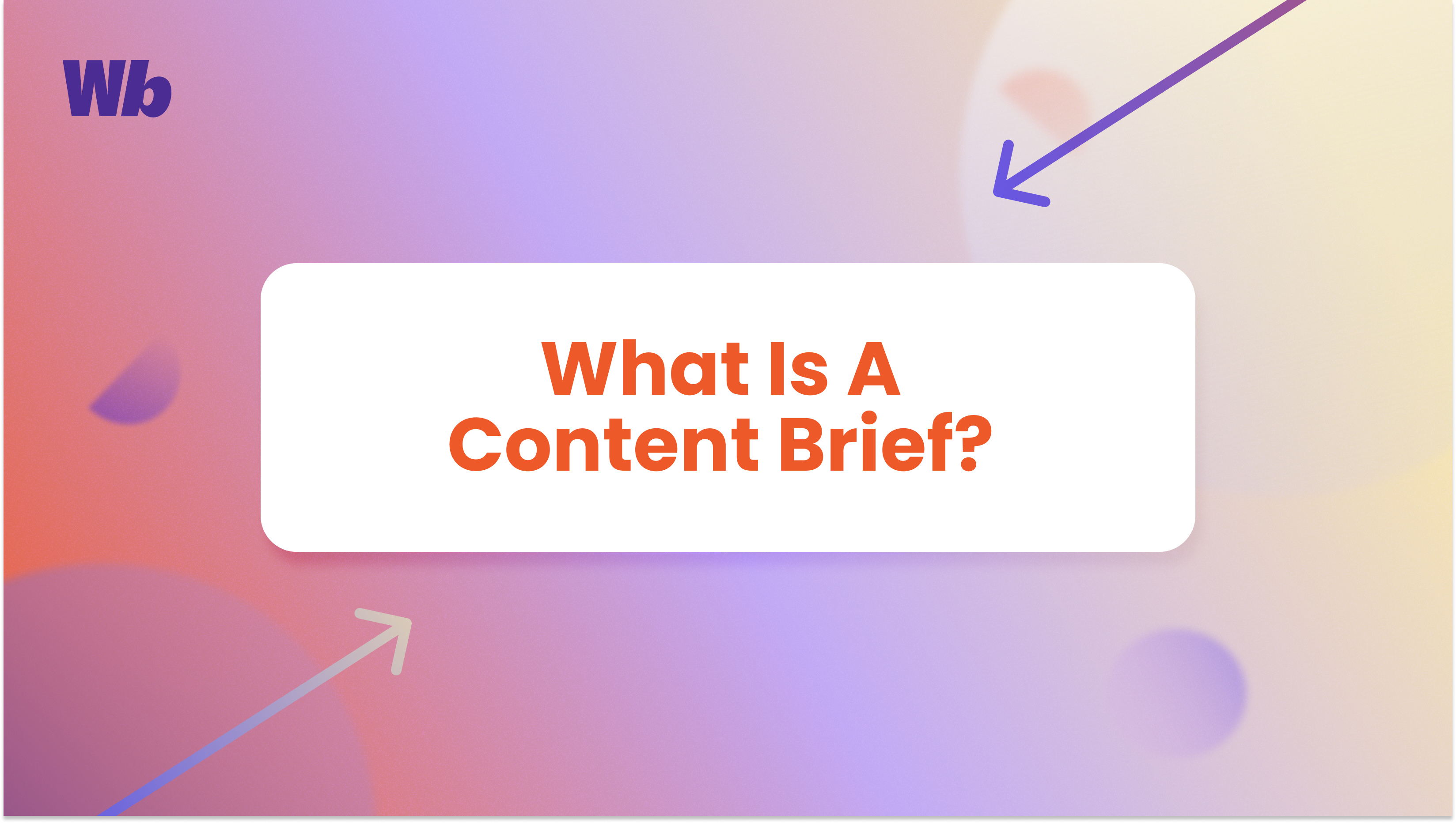
A content brief is a foundational guide for content creation, providing clear directions and expectations to ensure the final product aligns with a company’s objectives. It communicates the essentials: topic, scope, audience, and the purpose behind the content.
These briefs streamline the content creation process, cut down on back-and-forths, and establish consistency by clearly outlining tone, structure, and essential topics.
In short, a well-crafted brief is a source for producing top-notch, goal-driven content in the first go.
But that’s just the gist of it. In this blog, we will dive deep into what content briefs are and how they work. Once you’ve understood the basics, we’ll up the game by showing you exactly how you can create one for your writers. All of it is right here, so let’s get started.
TL;DR
- Title and Headings: Crucial for capturing attention and guiding readers, impacting engagement.
- Audience Persona: Understanding audience characteristics and preferences is the key to content relevance and engagement.
- Content Structure and Format: Well-structured content flow with short paragraphs and clear subheadings for readability.
- Style, Tone, and POV: Consistency in these areas maintains brand voice and presents a unique perspective.
- Competitor Analysis: Offers insights into the competitive landscape and opportunities for unique positioning.
- Resource Links and Style Guides: Provide necessary materials for consistency and accuracy.
- Approval and Alignment Process: Ensures content meets quality standards and strategic objectives.
- Using Tools Like Wordbrew: Streamlines content brief creation, creating consistency and efficiency.
What is a content brief (and why is it important)?
A content brief is like a roadmap for any piece of content. This document is used by marketing teams, content creators, and strategists to outline the specifics of a content piece before it’s created.
It’s an essential tool for ensuring that everyone involved in the content creation process shares the same understanding of the goals, tone, target audience, key messages, and other important aspects of the content.
The brief starts with a clear topic, breaking it down into a catchy title and a main message. Let’s say you’re writing about home office setups. The brief would outline the key points like “choosing the right furniture” and “creating a productive space,” all while maintaining an approachable and helpful tone.
Remember: The key to a good brief lies in its clarity. It should align the creator’s direction with the audience’s expectations. Without this alignment, content can miss its mark and fail to engage or inspire the intended audience.
In summary, a content brief is your first step toward impactful content. It will help you to focus ideas, set the tone, and keep the content relevant to your audience from the start till the end.
What should you include in a content brief?
A content brief should clearly outline the key elements your content needs to address. In this section, we will explore the essential components of an impactful content brief.
Title and headings
The title and headers combined play a big role in content writing.
The title will capture attention and set the stage for the content. It’s the first thing your audience will read to decide whether they want to continue reading your piece.
Headers, on the other hand, are like smaller signs inside the content, paving the readers’ way through to the end. They help readers find and understand the parts they’re most interested in.
Together, the title and header will help your readers scan the content before diving into it. Losing them here means your entire research and writing effort will fail. You can keep that from happening. Here’s what you need to do to create catchy-yet-relevant titles and headers:
Keep it simple and clear
Use easy words and be straightforward. For example, “Easy Cooking Tips for Beginners” is simple and tells you exactly what you’ll learn.
Make it relevant
Get into the reader’s shoes and ask yourself about the intent: Why do I want to read this blog? Translate your answer into impactful words. For example, a header like “Saving Money on Groceries” directly speaks to someone who wants to cut costs.
Recommended read: How to create a B2B content marketing funnel that drives revenue
Make it interesting
Add a bit of excitement or curiosity. A title like “Secrets of a Master Chef” will sound intriguing to anyone who’s into cooking.
Good titles and headers make your content more enjoyable and easier to follow, like a guided museum tour that helps you understand and appreciate the exhibits.
Keywords and search intent
Selecting the right keywords is crucial for content visibility. They are the words or phrases people use in their searches. By using the right keywords in your content, you can make sure it shows up when people search for those terms.
But beyond just keywords, the content must align with the user’s search intent. You want to make sure what you write matches what people are searching for online.
This means understanding why someone would search for these terms and what they’re looking for in the results. Is it to learn, to buy, or simply to find a quick answer?
Knowing this, a brief for a piece on “home workouts” would include not only exercises but also user goals like “quick routines” or “equipment-free exercises” to ensure the content meets the user’s needs.
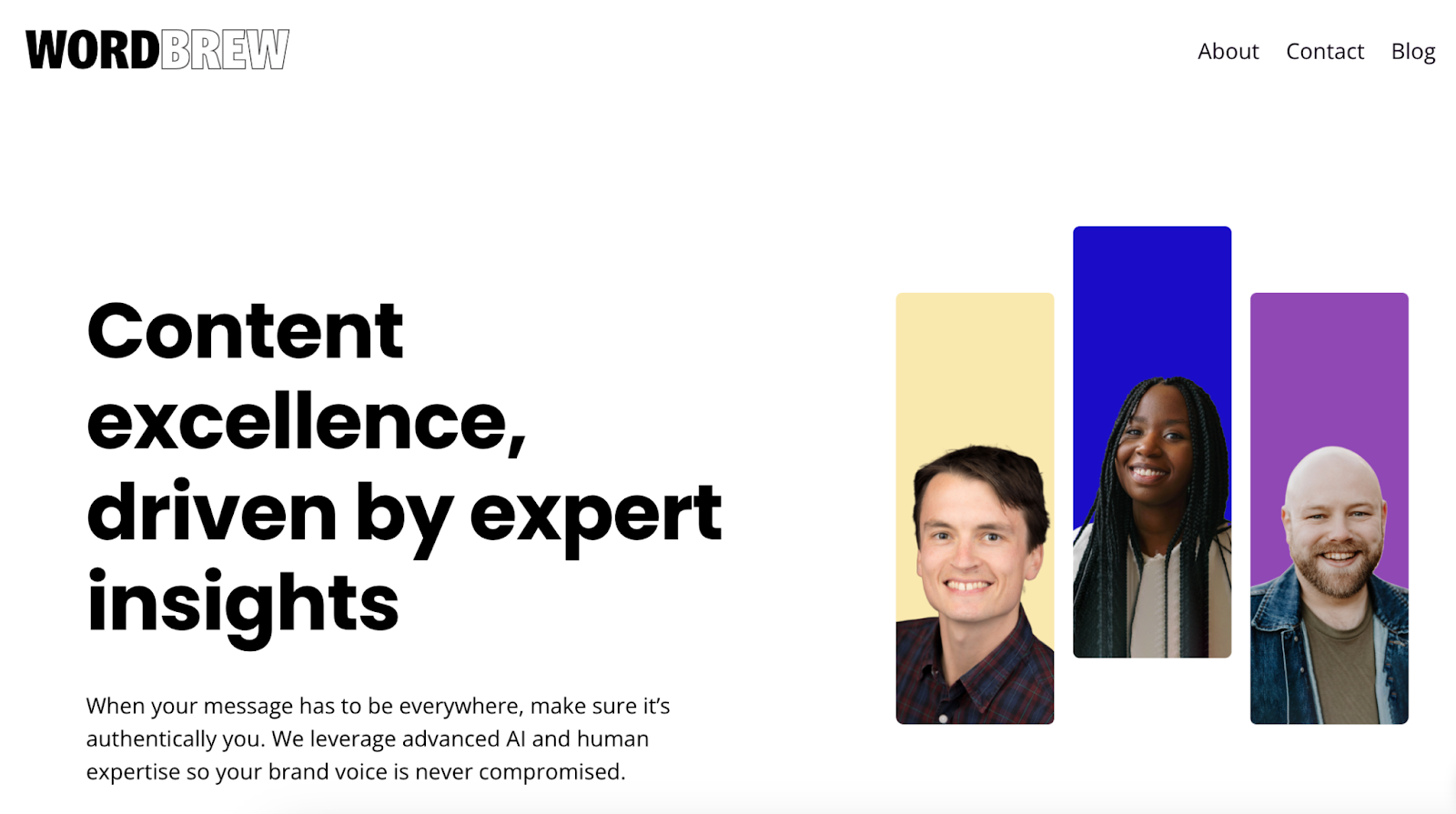
You also need to identify and mention in the brief the type of content you want to create. For example, it could be a how-to blog, a listicle, a comparison post, etc. Each content type has a different template.
For instance, a comparison post will include more sections with tables measuring the performance of tools side-by-side, while a how-to blog will focus on giving step-by-step instructions.
Pro tip: You can find templates for each content type online and add them to your brief for writers to follow. This will guarantee that the content flows exactly how it’s supposed to.
Now, the question is, how do you identify the right intent keywords for your content? Well, here’s how:
Understand your audience
Consider the specific needs and interests of your readers. For example, if your audience includes busy parents, they might prefer content that offers quick and efficient solutions, like “quick home workouts” that fit into a hectic schedule.
For more popular topics, you can also run a quick search on Google Trends to see what interest in the topic looks like and how it varies over time.
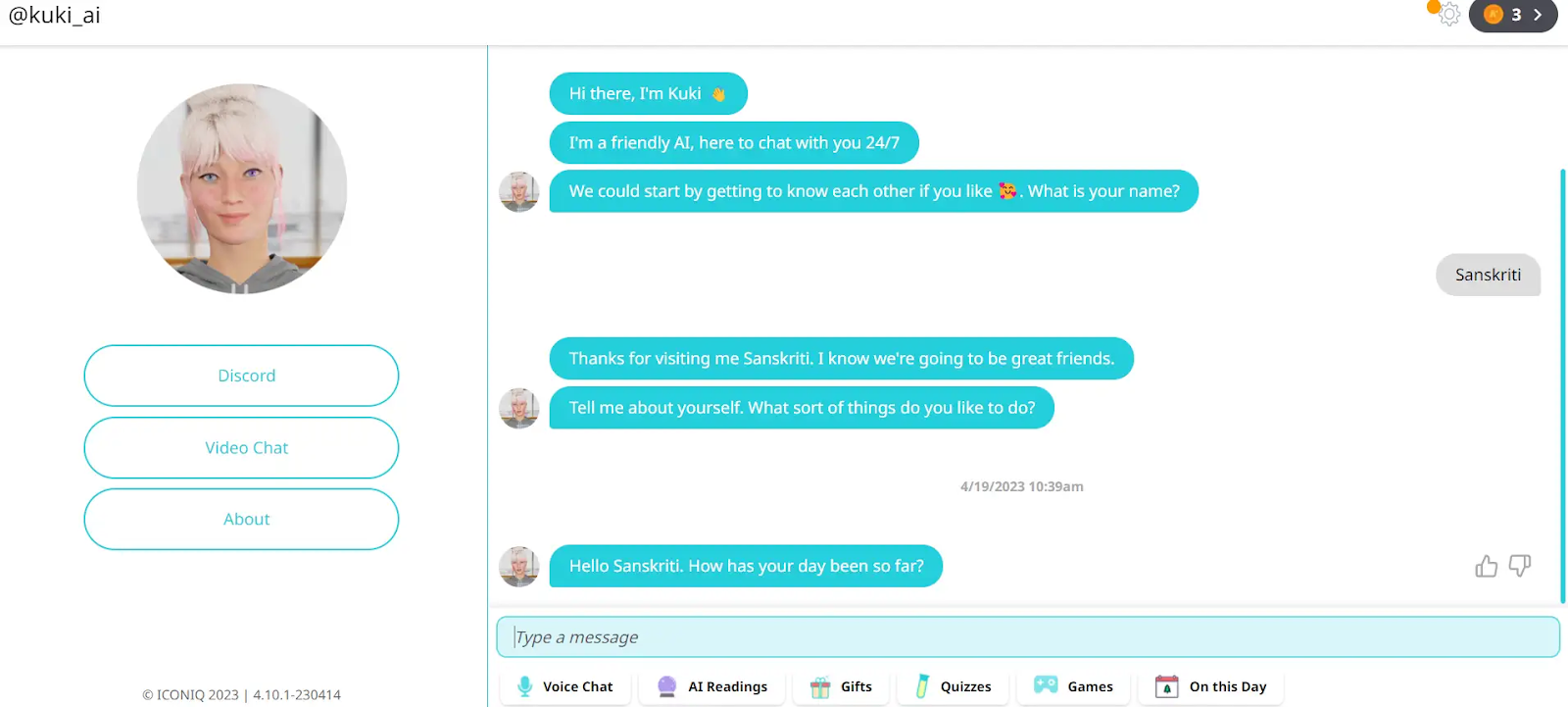
Since working out is part of the New Year’s resolution for many, it’s no surprise that interest in the search term “home workouts” is the highest in the first few weeks of the year. Creating enough content for your audience before the new year will only make it easier for your audience to find you when they’re ready.
Use keyword tools
Leverage tools like Ahrefs or Google’s Keyword Planner to discover the exact phrases people use when they search. This helps to identify popular search terms and understand the language your audience uses, enabling you to tailor your content accordingly.
Look at related searches (LSI keywords)
Pay attention to the related search terms listed at the bottom of Google search results. These suggestions can provide insight into other relevant topics or phrases your audience might be interested in, broadening the scope of your content.
Think about questions
Recognize that many online searches are question-based. By incorporating these questions, such as, “How to do a home workout without equipment?” you directly address common queries, making your content more valuable and searchable.
Check the competition
Analyze the keywords used in similar content by your competitors. This isn’t about copying their approach but rather understanding the market and finding unique angles or gaps that your content can fill, setting it apart from others.
Focusing on relevant keywords with the right search intent will enable you to connect with your audience, answer their questions, and meet their needs. It’s like having a conversation where you know exactly what to say.
Content goals and questions
Every content piece should serve a specific purpose, aligned with reader engagement and broader business objectives. For instance, the goal behind top-of-the-funnel (TOFU), middle-of-the-funnel (MOFU), and bottom-of-the-funnel (BOFU) content is different.
TOFU is primarily about creating awareness and increasing visibility. If the goal is to educate readers about sustainable living practices, the content might address questions like, “Why is sustainability important?” By answering these, you’re not just informing the audience but also positioning your brand as a thought leader in the space, thereby enhancing brand awareness and visibility.
MOFU aims to nurture interest and potentially generate demand. For example, discussing how individuals can reduce their carbon footprint can foster a deeper engagement with readers already aware of sustainability issues. This type of content builds trust and credibility, gradually guiding the audience toward a stronger interest in your offerings.
BOFU’s goal is conversion. After guiding your audience through the awareness and consideration phases, BOFU content aims to convince them to take a specific action, be it a purchase, subscription, or another form of engagement. This content should be more specific, directly addressing how your offerings can fulfill the needs or solve your audience’s problems.
Now that you understand the importance of goals and asking the right questions, let’s give you an action plan to get started with your briefs:
Set clear goals
Decide what you want to achieve with your content. Is it to teach something, make readers excited, or get them to buy a product? For example, if you’re writing about healthy eating, your goal might be to teach readers how to cook healthy meals.
Make it relevant
Ensure that your content answers the questions in a way that’s useful and interesting to your readers. For the healthy eating article, you’d want to include recipes and tips that are easy to follow and practical.
By setting clear goals and answering key questions, your content becomes like a well-planned journey, guiding your readers to the destination you’ve set out for them.
Audience persona
Adding an audience persona to a content brief is imperative. It is a detailed picture of who you’re writing for—their age, likes, dislikes, etc.
This persona guides you in creating content that is interesting and useful for your readers. For instance, if you’re writing for a tech enthusiast, you wouldn’t discuss outdated technology or use terms that dumb down a technical topic.
You can create a relevant audience persona by:
Understanding who will read your content. Are they young students, busy professionals, retired people, or someone else?
Considering their interests and needs: What do they like? What problems do they want to solve? If you’re writing for business people, they might be interested in time-saving tips or career advice.
Looking at their behavior patterns: How do they spend their day? What are their habits? This helps in making the content relatable.
For instance, if you’re writing a financial planning article for young professionals, you’d focus on simple, straightforward advice, avoiding jargon and aligning with their interest in smart investing. This way, your content becomes a well-crafted message, directly speaking to and engaging your readers.
Content structure and format
A content brief must outline a logical progression for the piece. Start with a strong introduction that provides context and captures interest. This part should give a sneak peek into what the journey (your article) is all about.
For the main body, draft sections with clear subheadings that guide the reader through the narrative or argument. For example, an article on budgeting might have sections like “Assessing Your Finances,” “Setting Budget Goals,” and “Tracking Spending.”
Include instructions on paragraph length and transitions. Keep your paragraphs short and snappy—quick steps that keep the journey fun and easy. Short paragraphs will keep readers moving through the content, while transitions guide a smooth flow of ideas.
Specify any key points that need their own section or callout box for emphasis.
Guide the writer on where to include lists, bullet points, and numbered steps to avoid a monotonous layout.
Style, tone, and point of view
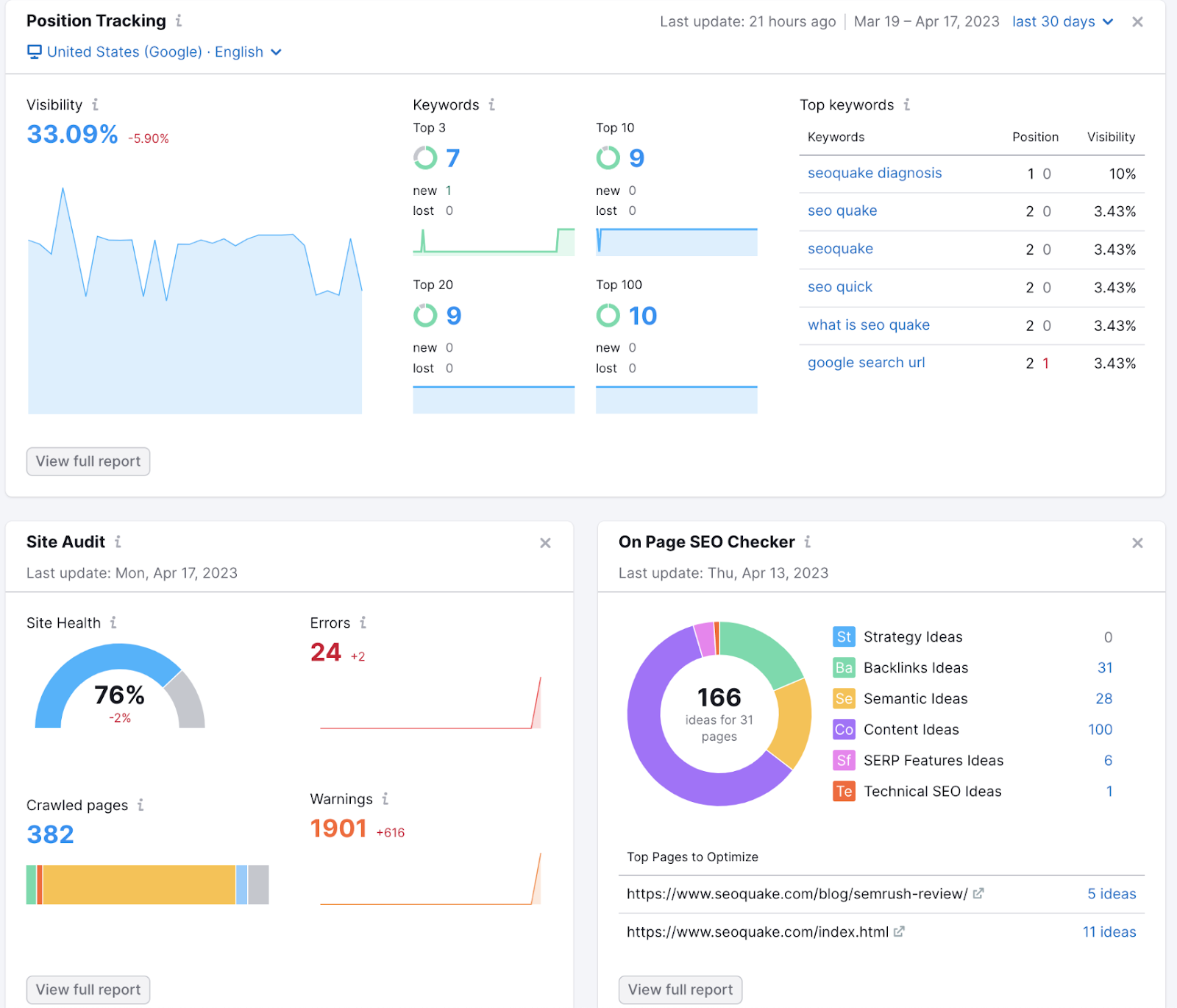
Your brief should clearly communicate the desired style and tone. The style must be consistent throughout the content, whether authoritative, educational, or conversational. For example, a piece aimed at industry professionals might use a formal tone and specialized terminology, while content for a broader audience should be comprehensible and jargon-free.
Once you’ve set the style, define the point of view (POV). First-person POV can personalize an experience, while second-person can engage the reader with direct language. The third-person style is more detached and suitable for case studies or research findings.
Whichever you choose to follow, just make sure that you bring a unique perspective to the content instead of following what’s already out there.
In your brief, include examples of the tone and style from previously written successful content pieces. This can serve as a benchmark for the writer and ensure alignment with the brand’s voice.
Avoid subjective language and keep the brief clear and objective so the writer understands the expectations without ambiguity.
Remember to adjust the language complexity according to the target audience’s understanding. If the content is for a general audience, avoid technical language that could alienate readers. Conversely, the correct technical terms should be used for a specialist audience like industry experts.
Word count and deadlines
In the content brief, word count dictates the scope of the article. Specify a target range, such as “1000-1200 words,” to give writers an idea of the expected content length. This helps in maintaining focus and depth.
The word count you set can vary depending on your SEO research or the length of top SERP results. Usually, short-form blogs range between 500 and 1000 words, while long-form articles can be anywhere between 2500 and 4000 words.
Setting realistic deadlines alongside word count confirms timely delivery, as writers can pace their work depending on the timeline provided. Include a final due date and, if necessary, intermediate milestones for draft submissions. For instance, request a first draft by week two if the final piece is due in a month. This provides time for reviews and revisions.
Lastly, communicate the importance of adhering to word counts and deadlines in the brief. Emphasize that these are not arbitrary numbers but are set to align with publishing schedules and content strategy.
Calls to action (CTAs)
CTAs convert readers into leads or customers. Define the primary CTA for each piece of content in your brief, ensuring it aligns with the content’s goal. Whether it is signing up for a newsletter or starting a free trial, the CTA should be clear and compelling.
Mention where CTAs should be placed within the content. Common practices include placing them at the end of the article as a link or embedding them within the content for higher engagement.
Provide language for CTAs that directly tells readers the benefit they’ll receive. For example, instead of “Click here,” use “Download your free guide to better health,” which tells readers exactly what they get and why they should click.
You can also advise on testing different CTAs, as a suggestion in the content brief, to encourage ongoing optimization. A/B testing will allow you to reveal the best phrases and placements, which will help to refine the approach over time.
Visual elements
Visual elements make content skimmable. When drafting a content brief, it is important first to establish the intended purpose of each visual.
Charts simplify complex datasets, infographics depict processes concisely, and photography introduces a relatable aspect to the presented information. Similarly, videos or animations demonstrate procedures, and custom illustrations represent concepts not easily captured with photography.
The function of these visuals is to support and enhance the narrative provided in the text.
Furthermore, maintaining a consistent visual style across all content is essential to strengthen your brand’s identity and ensure a cohesive user experience.
Your content brief should guide creators to use visual elements that adhere to the brand’s visual guidelines. This includes using specific colors, fonts, and imagery that the audience can quickly associate with the brand.
Remember to add details of the practical aspects of visual content, such as whether to use stock images or create original graphics and where to place these visuals within the content.
Thoughtful placement of visual elements will complement the text and provide readers with a visually stimulating and seamless reading experience.
Internal and external links
Integrating internal links into your content is a strategic way to keep readers engaged and navigate your website.
Selecting relevant internal links, such as those leading to related articles or product pages, creates a network of resources that enriches the reader’s experience and encourages further exploration of your content offerings.
It also lets you create concrete content clusters and showcase topical authority to the readers and search engine algorithms, benefitting your SEO.
Incorporating external links is also vital. Linking to external sources that are both credible and authoritative will supplement the information you provide and enhance the trustworthiness of your content. Choosing these links carefully is important to maintain your content’s integrity.
Lastly, tell writers to provide a clear context for the linked content.
For example, “For a deeper understanding of sustainable living practices, read our detailed guide on Eco-Friendly Home Solutions.” In this example, the anchor text “detailed guide on Eco-Friendly Home Solutions” clearly indicates what the reader can expect when they click the link, setting the right context for the linked content.
Conversely, vague prompts like “click here” can disrupt the reader’s journey through the text.
SEO considerations
It’s essential to include a section on SEO considerations in your content brief. It’ll work like a cheat sheet for on-page SEO, outlining best practices for meta descriptions and advising on length, keyword inclusion, and how to entice readers to click through from search results.
You must address keyword usage, emphasizing the importance of incorporating primary and secondary keywords naturally within the content. Guide readers on frequency and placement to ensure keywords enhance the reader’s experience.
Header tags (H1, H2, and H3) also play a key role in on-page SEO, organizing content for readers and search engines alike. The brief should detail how to use these tags effectively to structure the content and show hierarchy and relevance to search algorithms.
Understanding the purpose of your content
Understanding the purpose behind your content is critical because it’ll let you set a clear direction in your brief, ensuring your content resonates with your audience and achieves its intended impact.
But how do you identify this purpose?
That’s exactly what we’ll unfold in this section.
Competitor analysis
Including a competitor analysis in the content brief helps to set the context for the content’s creation. This analysis should highlight what competitors are doing well and where there are gaps that your content can fill.
You can also provide examples of competitor content not to be copied but to be used as a benchmark for differentiation. The goal is to understand the competitive landscape and carve out a unique position for your content.
Here’s how you do competitor analysis for content:
- Look at their topics: Check what subjects your competitors are writing about.
- Analyze their style: See how they write. Is it formal, fun, or detailed?
- Identify gaps: Find what they’re missing in their content. Maybe they don’t have much about a specific sub-topic.
For example, if you’re creating a brief about healthy eating and your competitor has lots of recipes but not much on nutrition facts, you could focus more on the nutritional side to make your content unique.
Resource links and style guides
Attach relevant resources to the content brief, such as research documents, brand lexicons, or style guides. These resources give the writer access to all necessary materials for creating content that is consistent with the brand’s voice and factual accuracy.
Style guides are particularly important, as they outline the dos and don’ts in terms of language, tone, and style preferences.
Approval and alignment
Finally, it’s crucial to establish a clear process for content review and approval. Your brief should specify who will review the content, at which milestones, and what criteria will be used for approval.
For instance, let’s say you’re working on a blog post about “Healthy Eating Tips.” Your brief could state that:
- The health content team will review the first draft for factual accuracy and relevance.
- Then, the marketing team checks it for brand alignment and SEO optimization.
- Lastly, the senior editor gives the final approval, ensuring it meets overall quality standards and aligns with strategic objectives.
This process guarantees that the content meets the quality standards and strategic objectives before it is published.
Using Wordbrew to create content briefs
Using tools and templates for creating content briefs can make content creation a lot more efficient. They offer a structured approach, ensuring all critical elements of a brief are consistently addressed.
Recommended read: How Can Effective Content Management Tools Boost Your Sales?
This uniformity is key in maintaining clarity and direction across different pieces of content and various content creators.
When using Wordbrew to create new content, writers have the option to select the type of content (whether it’s a listicle, a how-to blog, a comparison blog, etc), choose the target word count, and even enter brand collateral that ensures each piece of content is always on brand. In doing so, writers have access to a preliminary draft that’s aligned with the brand’s guidelines and tone-of-voice which they can build on with their expert insights.
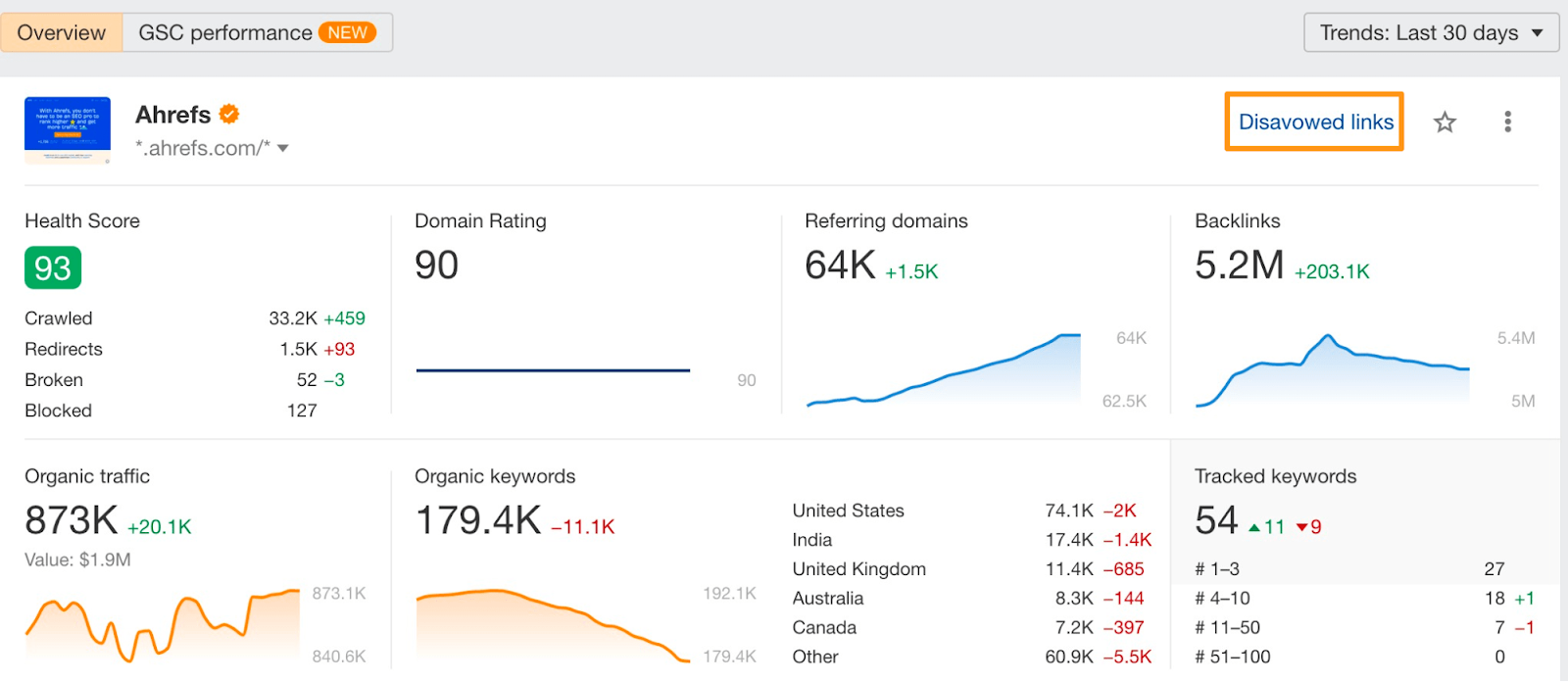
Wordbrew also makes it possible for you to collaborate on content projects seamlessly regardless of how many stakeholders are involved. Assigning tasks to writers and sharing brand
Key takeaways
- Content briefs as a roadmap are essential for aligning goals, tone, audience, and key messages in content creation.
- Clarity in briefs ensures that the creator’s direction matches the audience’s expectations, avoiding misaligned content.
- Title and headings capture attention and guide readers, impacting engagement and readability.
- Keywords and search intent are vital for content visibility and aligning with what the audience is searching for online.
- Content should have clear goals and answer key questions to reach and impact the audience effectively.
- Understanding the audience’s characteristics and preferences is crucial for creating relevant and engaging content.
- A well-structured content flow with short paragraphs and clear subheadings enhances readability.
- Consistent style, tone, and POV maintain brand voice and help present a unique perspective.
- Visual elements and SEO considerations enhance reader engagement and ensure search-engine-friendly content.
- Competitor analysis helps to understand the competitive landscape and provides the necessary materials for content consistency and accuracy.
Need industry-expert content writers who leverage AI to create impactful content for you? Sign up with WordBrew now!